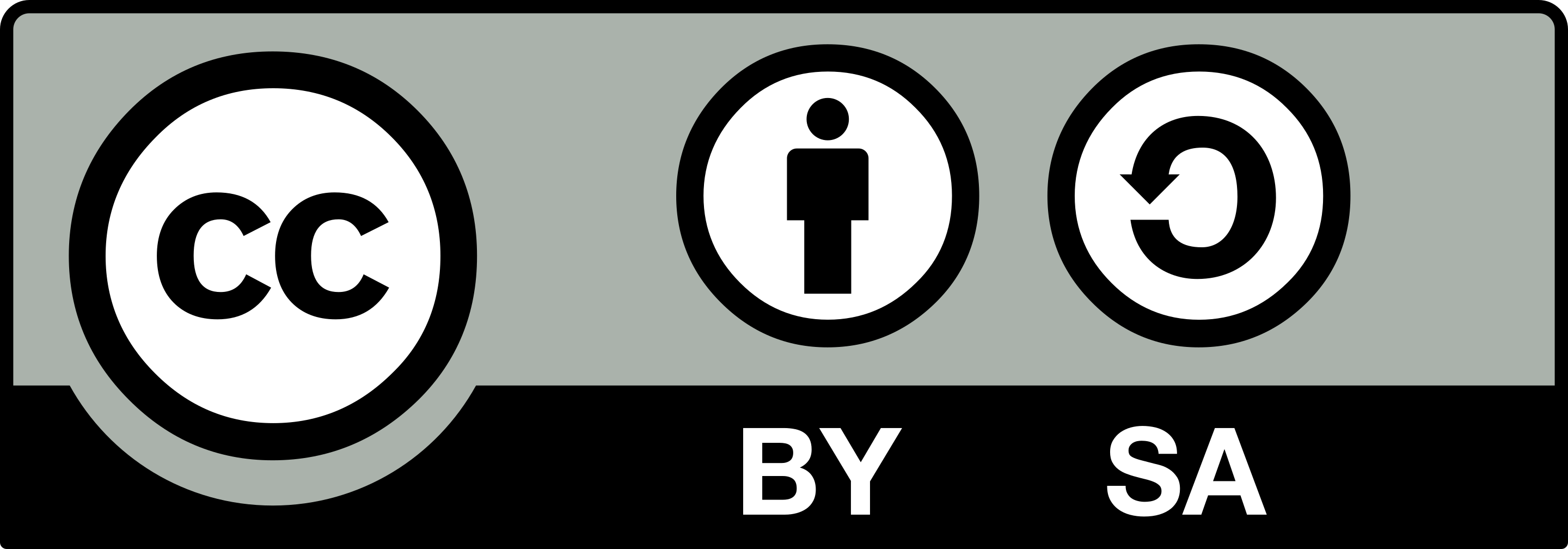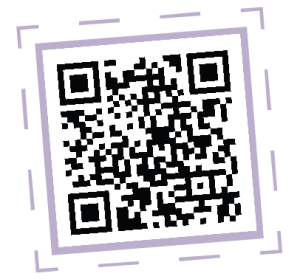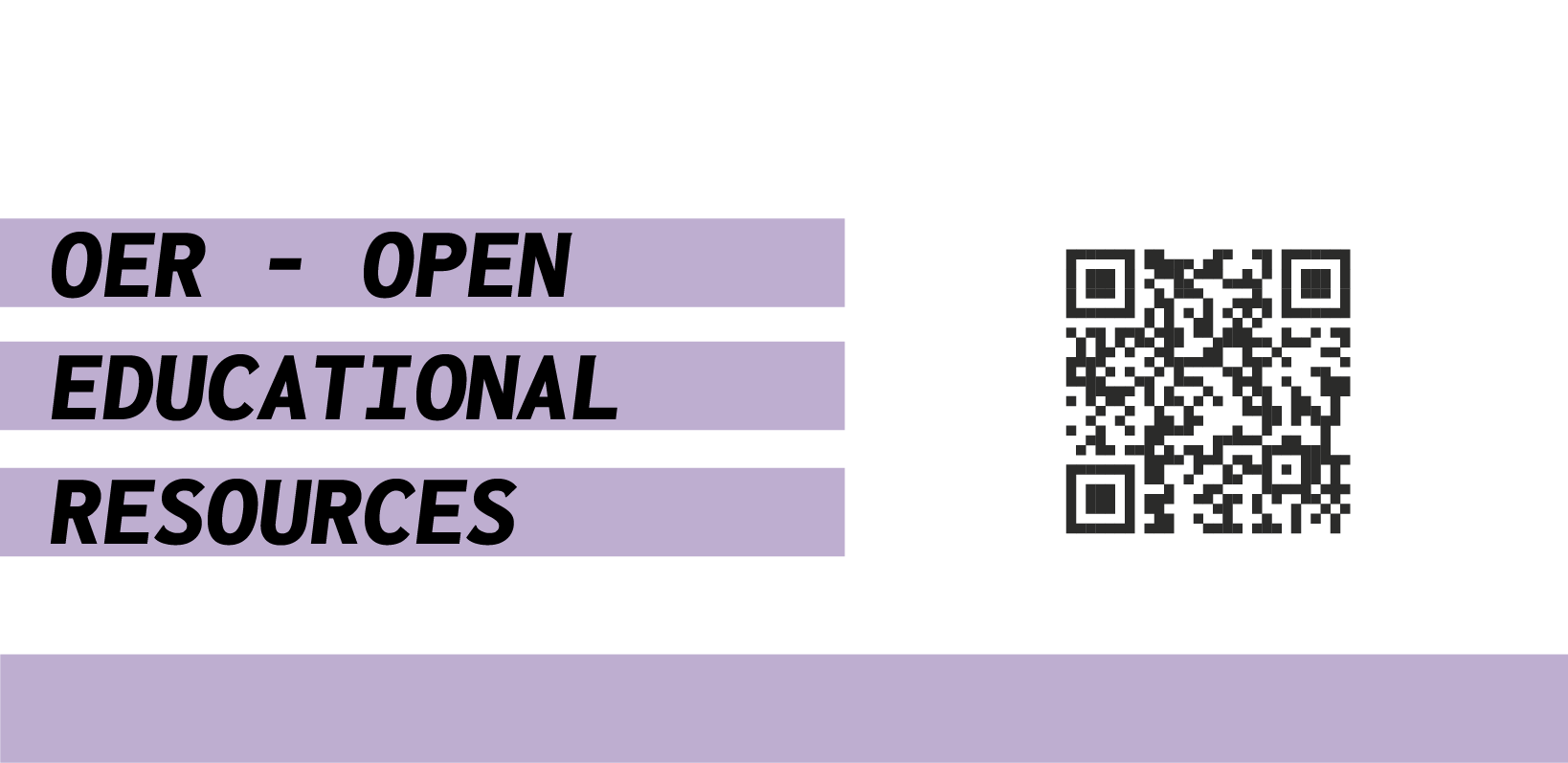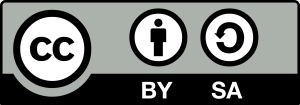#02 - OER – Open Educational Resources
What are Open Educational Resources?
The term Open Educational Resources was first defined by the UNESCO in Open Educational Resources, or OER for short, are free educational resources that can be used, edited and redistributed free of charge. Since in Austria, every work is inherently subject to copyright law, the editing and further distribution of educational content by third parties is prohibited. This is only possible with the explicit permission of the author. OER are given a corresponding license by the author, which explicitly regulates the subsequent use. One licensing model that is used in this context, for example, are ”Creative Commons“ licenses. These are not in conflict with copyright law, but represent a usage regulation.
In its OER Policy (available in German), TU Graz recommends all members of the university (students, teachers and employees) to add open licenses to their own or cooperatively created educational resources. We would especially like to point out the licenses „Creative Commons Attribution” (CC BY) and „Creative Commons Attribution Share Alike” (CC BY-SA) in their latest versions.

You are free to use the content – in addition, indicate the author and any changes and link to the license text.

You are free to use the content – here it is necessary to indicate the author as well as any changes and a link to the respective license. If the content is republished, this must be done under the same license (”share alike“)
Further information on licenses can be found on the website of Creative Commons.
Information, further education and contact for consulting on the topic of OER can be found on the page "OER" in TU4U (for members of TU Graz only).
Our OER canvas guides you through the process of creating your own OER.
What requirements must a material meet to be an OER?
In 2014, David Wiley defined OER criteria, the so-called ”5Rs“ of openness (Retain, Reuse, Revise, Remix and Redistribute):
- Retain
the right to make copies of the original, own and manage them. - Reuse
the right to use the material in different ways (e.g., in the classroom, in a study group, on a website, in a video) - Revise
the right to edit, adapt, and modify the content (e.g., translate into another language) - Remix
the right to combine an original or edited resource with other existing material (e.g., inserting image or music into a video) - Redistribute
the right to share copies of your original, revised, or remixed copy of the resource with others
What content can be free educational resources? What form can free educational resources take?
OERs can take a variety of forms: images, text, video or entire course units. Of course, not only digital but also analog content can be OER. For example, a printed book can also be given an open license.
What are the advantages of OER? Why should I create and use OER?
Assistance with copyright issues
OER enables teaching and learning content to be used in addition to the existing ”free use of works“ (Austrian Copyright Act 42ff.). Properly licensed OER content makes it possible to see at ”a glance“ how this content may be reused by third parties and, if necessary, permit a change (e.g. adaptation of a text) and/or further processing (e.g. for joint creation of a learning document) of the contents.

You can find out more
about me in the FAQ.
Free and inclusive access to free education
This goes hand in hand with the idea that the university should in principle make education accessible. A much larger group of people can benefit from openly licensed resources. In addition, while free educational materials are not directly accessible, through free licensing it is possible to adapt existing materials and bring them into the required form to make them as accessible as possible.
Improving the quality of teaching
Since free educational resources are available to and can be processed by a wider public, it is possible to implement updates and improvements faster. When creating new educational material, it is not necessary to reinvent the wheel again and again, but one can rely on expert opinions of colleagues, expand these contents and adapt them to one‘s own needs. Through frequent reuse, it may be assumed that the teaching and learning materials are of high quality because weak points are easier to eliminate as a collective.
Expansion of the didactic possibilities
By modifying the OER, the content can be changed flexibly and thus they can be used in a wide variety of educational contexts. Students also have the opportunity to flexibly contribute to the design of the learning material. This opens up new opportunities for use in teaching. Lessons can be based on open content and thus be designed in a more diverse way. In addition, a more student-centred lesson is possible.
More visibility for teaching performance
As contents are not exclusively reserved for students of a specific course, a wider public has access to the contents. In this way, the teaching performance of the lecturers is carried outward and thus more visible. This can also have effects on teachers‘ reputation.
How and where can I get more detailed information on the topic of OER?
Every semester, the Graz University of Technology offers an internal further education program on the topic ”Copyright and Open Educational Resources“. Since summer semester 2019, there has been the possibility to obtain an OER certificate issued by the Graz University of Technology and recognised throughout Austria. In order to receive it, candidates are required to complete the above-mentioned further education, complete an open online course on the topic as well as create and publish their own OER.
Bibliography
Wiley, David. ”The Access Compromise and the 5th R.“ April 03, 2014.

